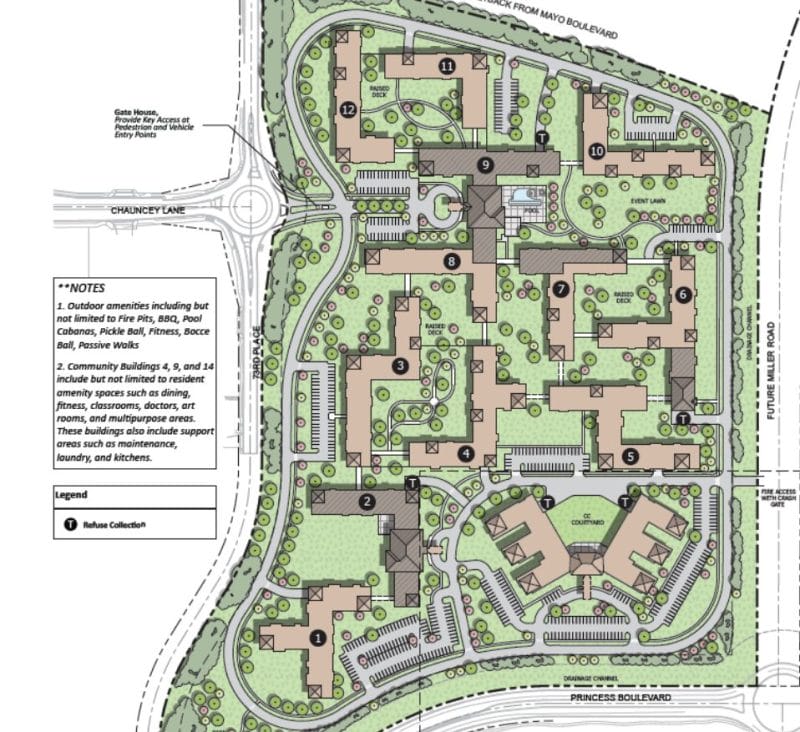By NAHB
A recent report, authored by the UCLA Lewis Center for Regional Policy Studies and published by the Terner Center at UC Berkeley, examines how inclusionary zoning rules impact housing production and affordability. The report notes that although inclusionary zoning can help increase housing for low-income families, the mandates also suppress overall housing production if taken too far.
The report primarily focuses on the city of Los Angeles’ Transit Oriented Communities (TOC) program. This program was implemented in 2017 with a goal of boosting housing production, including below-market rate units, near bus and train stations.
Inclusionary zoning (IZ) refers to local government ordinances that require a certain percentage of new residential construction to be sold or rented at below-market rates. According to the Terner Housing Policy Simulator, Los Angeles’ TOC program, with an IZ requirement of 11%, has likely boosted below-market-rate (BMR) homes with minimal negative consequences for overall housing production.
However, increasing the required percentage of BMR units under IZ policy could sharply reduce overall housing production with declining benefits for overall housing affordability.








